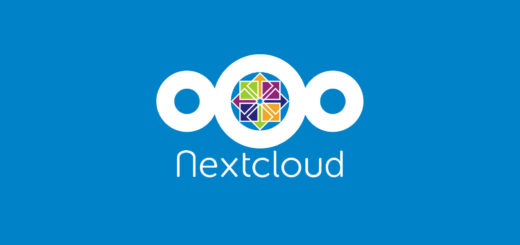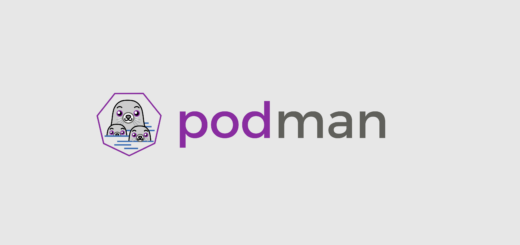Discover OpenStack Mitaka new features

OpenStack Mitaka is the 13th release of OpenStack released on 7th April 2016. This release aims to improve stability, manageability and user experience.
OpenStack client
Before we dive in the sea of features of OpenStack Mitaka, let’s first talk about the new OpenStack client. In the past each service used to have a different client (you can find a list here), the new python-openstackclient is an all-in-one replacement for the myriad of fragmented clients used in the past. This is a huge step forward that enables a better workflow.
OpenStack Mitaka new features
On the contrary of OpenStack Liberty release, which packed a lot of interesting things together, Mitaka isn’t quite as rich of features; instead its focus was stability, user experience and a better update process.Let’s now take a look at each major component’s new features:
Nova (Compute)
- Live Migration: the feature has been updated and improved. Now you can also abort the migration while it is still going. Also you can now check on its progress.
- Scheduling: you can now filter the hosts based on the maximum available space.
- AWS API: this release (on the opposite direction of the past ones) includes a new version of ec2-api which enables to take advantage of AWS EC2 during bursts.
Neutron (Network)
- Get me a network: a simplified process described here, to enable users to quickly boot instances without configuring the network first. Note that integration with Nova is still ongoing.
- External DNS: enable entire networks or single floating IPs to have DNS either specified or delegated to a DNS as a Service provider (like Designate).
Cinder (Block Storage)
- Google Cloud Storage: this version includes a driver that enables backups to Google Cloud Storage.
- Snapshot Backups: snapshot can now be backed up (previously only volumes could be backed up).
- Delete volume+snapshots: you can now delete all the snapshot associated with a certain volume during volume deletion.
Glance (Image Service)
- Enhanced security: images can now be transferred through HTTPS and verified so that you know they haven’t been compromised.
- OVF support: OVF is a common format for virtual machines, OpenStack now supports single-disk OVF images.
Swift (Object Storage)
- Better Ring rebalancing: the ring balancing algorithm has been improved and now produces more balanced rings.
- Container sync: has been improved and it is now faster.
Horizon (Dashboard)
- Enhanced workflow: launching an instance is now a more intuitive process.
- Unified search: this feature enables users to search in Nova, Glance Images and Snapshots, Cinder Volumes and Snapshots, Neutron network components (like routers, ports etc) using an unified panel.
- Network visualization: A more flexible and intuitive representation of networks is now employed to replace the previous one (static and a bit ugly).
Thanks to Mirantis Blog for a partial list of new features.
- 2020 A year in review for Marksei.com - 30 December 2020
- Red Hat pulls the kill switch on CentOS - 16 December 2020
- OpenZFS 2.0 released: unified ZFS for Linux and BSD - 9 December 2020









Recent Comments